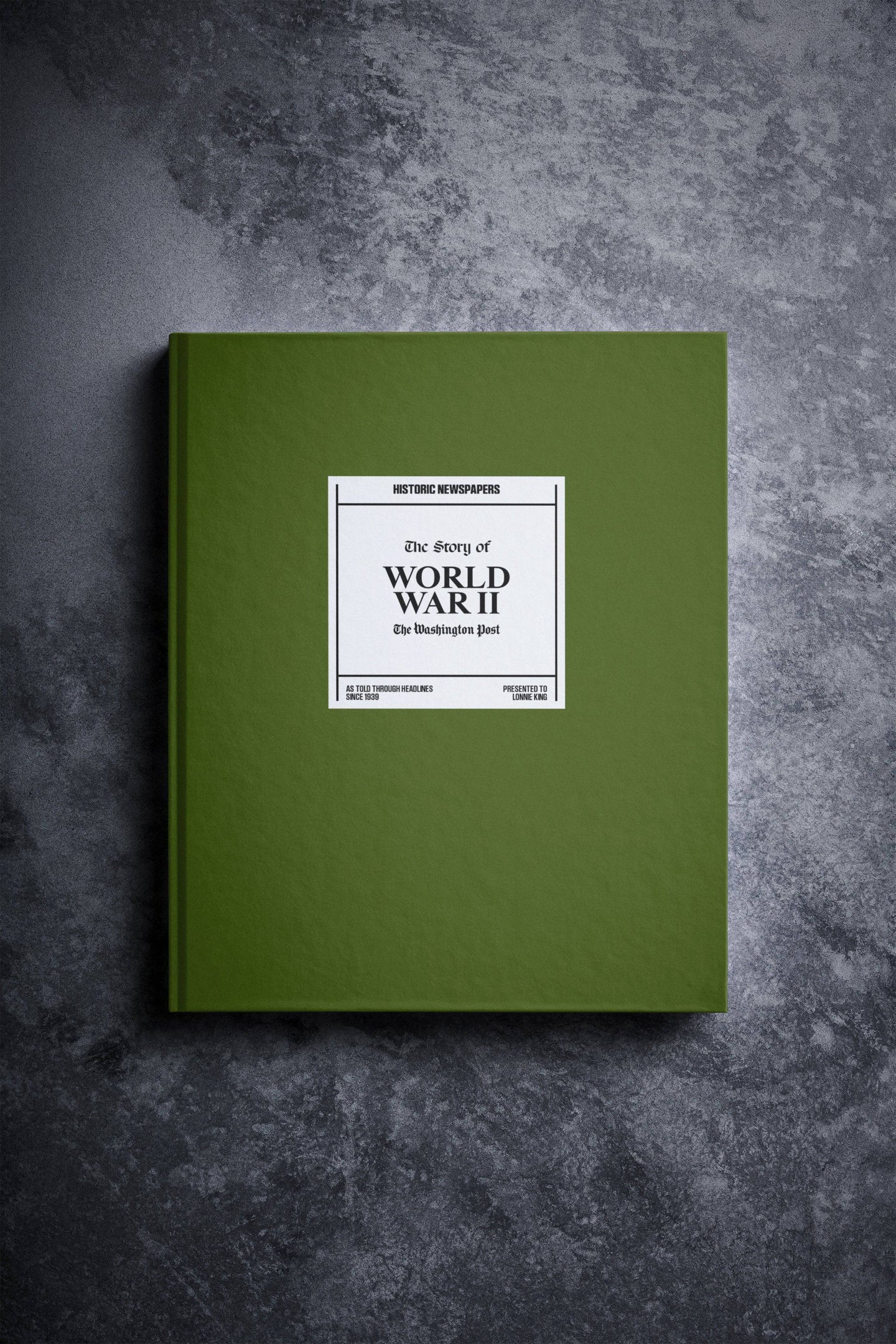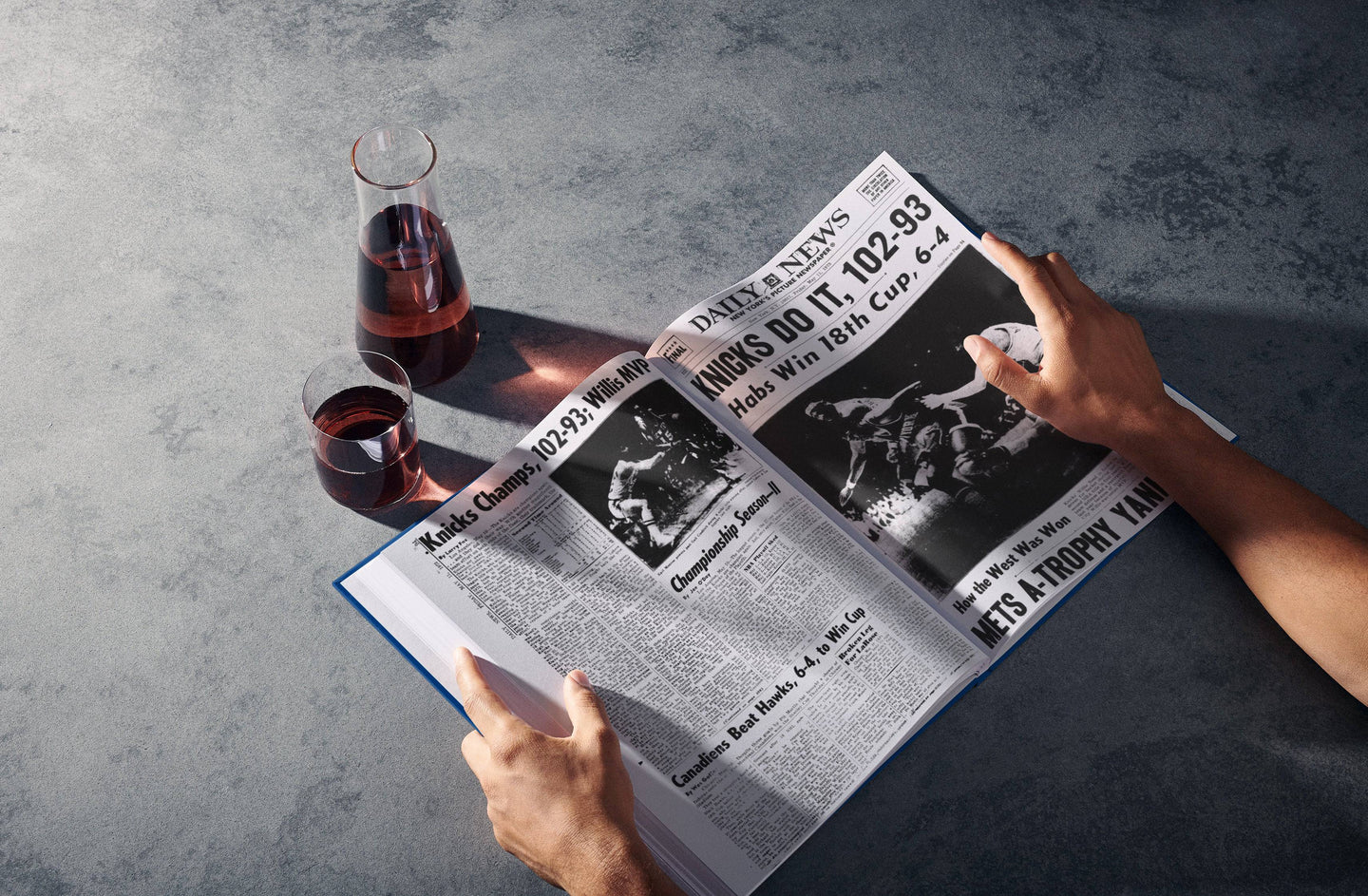Queen Elizabeth was born at 2:40am on 21st April 1926 at her maternal grandfather’s house at 17 Bruton Street in Mayfair. She was the first child of the Duke of York, Prince Albert, who’d later become King George VI, and his wife Elizabeth. The new princess was named after her mother, as well as taking the names of her grandfather’s mother, Alexandra, and her paternal grandmother Mary.

Queen Elizabeth at Waitangi, New Zealand 1953
Image: Archives New Zealand Flickr
Turn the page to:
- Modern Living: The End of the Victorian Era
- Early Life of Queen Elizabeth II
- The Death of King George V and Birth of Princess Margaret
- Childhood of Queen Elizabeth II
- A Young Queen Elizabeth II and World War II
- The Marriage of Queen Elizabeth II and Prince Philip
- Queen Elizabeth II’s Children
- Queen Elizabeth II’s Coronation of 1953
Modern Living: The End of the Victorian Era
From the very outset, it was clear that the Royal family had changed its tact. Gone were the days of regal aloofness and deliberate distancing from their subjects. This princess was going to be raised to appreciate the plight of the everyman, millions of whom were still reeling from the losses of World War I. This decision, taken by her parents, the Duke and Duchess of York, not only changed the face of the Royal family, but also proved hugely successful. Indeed, confiding as to what she would be had she not been born to be Queen, a 12-year old Princess Elizabeth remarked to her Royal Riding Master, Horace Smith, “I would like to be a lady living in the country with lots of horses and dogs.” It was a comment that perfectly illustrated Elizabeth’s understanding of the role she had been born to fulfil, while also demonstrating her desire for a simple life.
With the Victorian era having ended less than 30 years previously, it was perhaps odd that Elizabeth’s parents were so determined to bring up their daughter in such a modern manner. But having been born in the year of the General Strike, and with British society undergoing a profound change, the Duke and Duchess of York were adamant that Elizabeth should neither be sheltered nor spoilt. Instead, Elizabeth was brought up in the public eye, reared from a young age to represent the people of Britain in a manner captured in our Queen Elizabeth II History Book.

Queen Elizabeth’s Parents the Duke and Duchess of York
Image: Wikimedia Commons
Early Life of Queen Elizabeth II
The Princess spent many of her early years at the family home at 145 Piccadilly. The Duke and Duchess remained determined to provide the future Queen with an understanding of both her privileges and her duties. And yet, as they went on an official visit to Australia to open its new Commonwealth Parliament, Elizabeth’s first year was spent largely with her nanny, Clara Knight, and her Grandparents, King George V and Queen Mary. Not that this was a bad thing – Elizabeth formed a close bond with her grandparents, who eagerly informed the jetsetting monarchs of every new tooth and word.
By the time her parents returned from Australia in June 1927, Elizabeth had become a loving, confident, even cheeky child. Indeed, during that year’s Christmas party at Sandringham, she climbed onto the table before bombarding the guests with crackers supplied by her mother! Not even the king was immune from Elizabeth’s playful side – the Archbishop of Canterbury was once left gobsmacked when, upon attending an audience with George V, he found the King on all fours pretending to be a horse, with Elizabeth taking the role of groom.
The Death of King George V and Birth of Princess Margaret
By 21st August 1930, Elizabeth had a little sister, Margaret. But five years later, in 1936, things began to change most dramatically for the still young princess. On 20th January 1936, King George V died. At this stage Elizabeth was still being educated at home, despite the Yorks’ hope that she’d eventually attend public school in order to develop both intellectually and socially. This wasn’t to be. The new king, Edward VIII, decided that educating a princess alongside commoners wasn’t the thing to do. Instead, Elizabeth continued her schooling in private.
It has since been suggested, rightly or wrongly, that Edward’s decision was made in order to reduce the level of press intrusion into the lives of the Royal Family. You could see why he might be concerned – his relationship with divorced socialite Wallis Simpson was already the source of national gossip, even before her marital status had come to light. Yet by the end of 1937, Elizabeth’s life had taken an irrevocable turn, with Edward’s abdication having seen her father crowned King George VI. Quick as a flash, Elizabeth was Heiress Presumptive to the Throne.

The Royal Family with Winston Churchill
Image: Wikimedia Commons
Childhood of Queen Elizabeth II
Elizabeth was now 11-years old. She still liked the occasional prank. But, with the obligatory move to Buckingham Palace, she was also maturing into her role as the future head of the Monarchy. Her attitude towards her duty was steadfast and, as befitted an Heiress Presumptive, she took it upon herself to learn all about the matters of state that would one day be a part of her everyday life. She attended lessons at Eton on constitutional history, and began broadening her knowledge of a subject very close to her heart, European History.
Sadly, her studies were soon curtailed by the catastrophic chain of events set in motion by Hitler in 1939. During the War, it was suggested that both Elizabeth and Margaret should be evacuated to Canada. Their mother rejected the idea out of hand, declaring, “The children won’t go without me. I won’t leave the King. And the King will never leave.” As such, the princesses stayed first at Balmoral, followed by Sandringham and then Windsor.

Queen Mary with Princesses Elizabeth and Margaret
Image: Wikimedia Commons
A Young Queen Elizabeth II and World War II
Princess Elizabeth soon decided it was time to show that she was ready for the full weight of her Royal responsibilities. In an effort to help boost morale, she embarked on a series of national visits with the King and Queen. In 1943, at the age of 16, Elizabeth visited the Grenadier Guards in her first solo public appearance. Later, just before her 18th birthday, she was one of five Counsellors of State to visit the Italian battlefields in July 1944. Then, during the following February, she joined the Women’s Auxiliary Territorial Service where she trained as a driver and mechanic. Her contemporaries often remarked not only on how at ease she appeared, but also on what a capable driver she was.
By the end of the War, Elizabeth had risen to a Junior Commander and fully qualified driver. With Hitler dead and peace on the cards, happier times for everyone lay ahead. The Heiress Presumptive was no exception and in 1947 she travelled to South Africa for her first official overseas visit. Later that year, she also took a pledge of dedication to the people of the Commonwealth.

Queen Elizabeth in the Women’s Auxillery Territorial Service
Image: Wikimedia Commons
The Marriage of Queen Elizabeth II and Prince Philip
Shortly thereafter Elizabeth announced her engagement to Lieutenant Philip Mountbatten, the son of Prince Andrew of Greece and great-great-grandson of Britain’s former monarch, Queen Victoria. The announcement wasn’t much of a surprise and was met with plenty of positivity, both among the British public and senior officials. Even the usually fickle British press commented that this was, “… clearly a match of choice not arrangement”. Queen Elizabeth II and Philip were married on November 20th 1947 in Westminster Abbey.

Queen Elizabeth and husband Phillip Mountbatten
Image: Flickr – State Library of Queensland
Queen Elizabeth II Children
Almost exactly one year later, on November 14th 1948, Princess Elizabeth gave birth to Prince Charles who, by all accounts, was a dead ringer for his great-grandfather, George V. Two years later, Charles was given a sister, Princess Anne. Like her mother before her, Elizabeth was determined that her children be raised to be modern Princes and Princesses. Acutely aware of the War’s impact and the need to be sensitive to its ramifications, the Heiress Presumptive vowed that her children would be neither spoilt nor shielded, and that, unlike her, they would attend public school from the off.

Queen Elizabeth with husband Phillip and children Charles and Anne
Image: Flickr – BiblioArchives
Queen Elizabeth II Coronation 1953
Sadly for Elizabeth, by 1952 her father, King George VI, was so ill that she and Philip were forced to take his place on a State visit to Australia and New Zealand. During their outbound journey, on a stop in Kenya, the Heiress received the awful news that her father had died and that, as such, she had acceded to the Throne. On June 2nd 1953, the Princess returned to Westminster Abbey, where she had been married just a few years earlier. Here, she was crowned “Elizabeth the Second, by the Grace of God, of the United Kingdom of Great Britain and Northern Ireland and Her other Realms and Territories Queen, Head of the Commonwealth, Defender of the Faith”.

Queen Elizabeth at her Coronation in 1953
Image: Wikimedia Commons


























Follow us